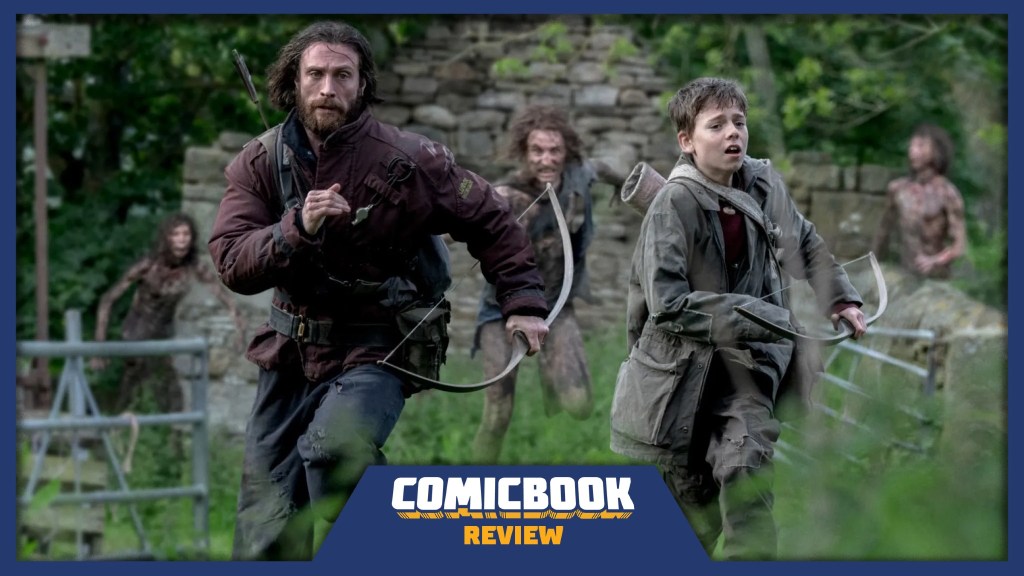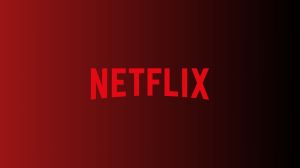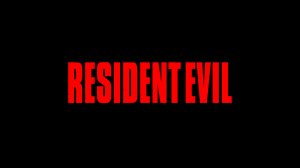In a world where some horror franchises are defined by annual sequels, patience has proven to be a virtue for 28 Years Later. It would have been easy to jump ahead to this specific title a few years after 2007’s 28 Weeks Later, but giving the audience over two decades to build anticipation may be one of the secret weapons of the movie. Time, the decay that it causes, and the reflection that it inspires seem integral to the DNA of 28 Years Later, the first part of a new trilogy of movies. Don’t worry, though; despite plenty of philosophical ideals and frenetic technical prowess on display for audiences to ponder, at its core, 28 Years Later remains an immensely entertaining summer horror movie.
Videos by ComicBook.com
Set exactly as many years after the first movie as you might expect, 28 Years Later doesn’t land in London, nor follow a character we’ve known for years. Instead, we meet a rural community that lives on an island off the coast of the UK, one that is only accessible from the mainland at low tide, which allows for a small sand dune foot path to be visible. Life has thrived here in a way that one never would have expected. Children grow up and attend school before assuming their place in the community, where the jobs are plentiful (farming, teaching, soldier, etc.). The Rage Virus may have claimed the entire country, but this group has found a way to develop a sense of normalcy.
Central to the story is Aaron Taylor-Johnson as Jamie, a scavenger/soldier for the community who is preparing to take his 12-year-old son Spike (Alfie Williams) on his first trip off the island. His wife Isla (Jodie Comer) protests as best she can, but her health issues have left her confined to their home, largely bedridden and often confused about who she’s even speaking with. The entire town rallies around Spike as he heads out for this first hunt, setting the stage for his complex feelings about what happens out there and causing him to start questioning everything he’s been taught about the world.
Williams, who had just two credits to his name prior to 28 Years Later, is a standout performer in the film, grounding his portrayal of Spike in the raw, unfiltered emotions that a young teen has flowing through every pore of their mind. He manages to hold his own opposite Aaron Taylor-Johnson, whose dour, macho gruffness is in line with his character but largely feels like no stretch at all for the actor. The always-entertaining Comer delivers another memorable performance as the unwell Isla, balancing a character who seldom has full control of her mind with a mother just eager to protect her son. Though only present for a piece of the film, Ralph Fiennes’s Dr. Kelson is also a delightful addition, one who expands on the world by just existing, dropping interesting pieces of world-building that never feel like a video game’s helpful hint (Taylor-Johnson’s Jamie, by comparison, seems to be written as a tutorial menu).
A remarkable feat of 28 Years Later is that it doesn’t feel like a proper “sequel” in the sense that audiences might expect. Yes, it’s another story set in this larger world that was established previously, complete with an evolution of those infected with “Rage,” but because of the years themselves between the two films, it ends up taking on a much more interesting quality, one where it stands more as a companion to the first movie. With 28 Days Later, Boyle inhabited a DIY, punk aesthetic, filming it with mini-DV tapes (which were blown up to 35mm) and getting derelict shots of an abandoned London filmed in a matter of minutes thanks to limited resources. It’s a film that felt made in a basement, ink-smudged fingerprints still visible on the final product.
In contrast, 28 Years Later embodies a distinctly modern sensibility, but one cast from a similar mold, as the movie used enhanced iPhones for filming. Images of a custom rig that the production used with 20 iPhone 15 Pro Maxs in a semi-circle can be found online, and though the entire movie wasn’t shot this way, knowing that it was utilized in key action scenes is unmistakable when you watch them on screen. An arrow will fly into the eye socket of an infected person, pausing for a split second before sliding twenty degrees in the other direction to give you a fresh perspective on the carnage. It’s something that Boyle only employs a few times, but it’s a cool trick that feels fresh, and fits nicely within the frenetic toolbox that the director has opened up again for the movie. The marketing for 28 Years Later uses the tagline “what will humanity become next,” which takes on a meta quality when considering the craft Boyle wields.
The distinction between the two films is not only seen in the technical foundation of how they were made, but in the way that their stories are framed. 28 Days Later harkened to a generation lost in the grind of modern expectations and money-making, with wayward adults forced to confront the reality of life and death in the most dire circumstances. By comparison, 28 Years Later is built from a unique perspective of tradition and community ideals. It feels like Boyle is interrogating his own feelings about British history and the cycles that the characters find themselves repeating, consciously or not; not to mention the instances that feel pulled directly from the age of Arthurian legend.
Knowing that 28 Years Later is just the first chapter in a planned trilogy of movies, however, is one of its only detriments. Boyle and writer Alex Garland have cleverly conceived of a story that spans the three films and which puts Spike on the quintessential hero’s journey. What becomes clear from a macro view of the film is that this has really only hit the first few hallmarks of that larger journey, and we’ll have to wait for the second movie to push us to the next place (the second film, 28 Years Later: The Bone Temple, has already been shot, while the untitled third film remains unrealized). Credit where it’s due, though; 28 Years Later makes sure to sit comfortably in the fact that it’s the first piece of the puzzle and leaves you with a wild tease of what’s to follow, even if it means the movie itself feels somewhat incomplete.
28 Days Later premiered in the shadow of 9/11, and though it may not have been conceived of as a piece of pop art for that specific era, it still managed to fit that label and remains one of the quintessential 2000s horror works. The same can almost certainly be said for 28 Years Later and the political sphere that it has arrived in. In the film, Spike is told in so many words that change can’t happen because that is simply how the world works. His refusal to accept that answer and take matters into his own hands is integral to the narrative drive of 28 Years Later, but is also the bones for what seems like a clear message. The world does not have to be what we claim it is; we can still fix it.
Horror scholars can give a lot of credit to 28 Days Later for revitalizing the zombie subgenre when it first premiered, and in the two decades since then, we’ve seen a lot of ideas thrown at it on film, television, and in games. That’s what makes 28 Years Later so satisfying; despite being on the opposite side of that surge in undead media, it has still found a way to make itself stand out. 28 Years Later is not only a wholly captivating blockbuster, but one with layers that will keep us talking until the second movie comes out, which is the only trouble. On its own, 28 Years Later needs what will follow it to feel whole, even if what we’ve been given already is still entertaining as hell.
Rating: 4 out of 5
28 Years Later hits theaters on June 20th.









